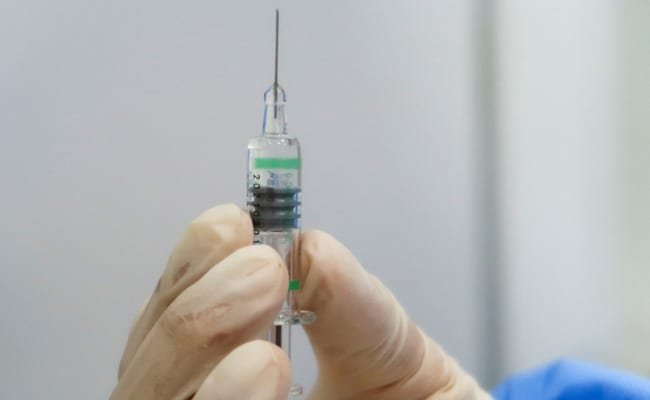Only a few months ago, India was so low on COVID-19 vaccines that computer experts built software to help individuals snag limited immunisation slots, and the then-health minister had to continually combat opposition criticism on social media.
The minister later resigned, and in came Mansukh Mandaviya, a little-known but hands-on politician who, according to a person close to him, communicates with vaccine producers on a near-daily basis and tries to resolve their problems as soon as possible.
Vaccine supplies have increased dramatically.
Government officials say they are optimistic that nearly all adults will be fully immunised by December, giving them the confidence to announce a gradual resume of vaccine exports in the October quarter, for the first time since April, when a second surge of illnesses overwhelmed hospitals.
This will help the sputtering global COVAX vaccine-sharing programme, which is falling far short of its target of delivering 2 billion doses this year due to supply issues and India’s export restrictions.
COVAX’s supply target was reduced by over 30 percent this month to 1.425 billion doses by the GAVI vaccination alliance, which funds the programme alongside the World Health Organization, UNICEF, and the CEPI.
“This could have a huge positive impact on both health security within India and globally,” a GAVI spokesperson said on Monday about the export announcement.
“Right now, our priority is to work with the government of India and the Serum Institute of India (SII) to understand the impact on our supply schedule.”
The SII is primarily responsible for the turnaround, as it is administering more doses of AstraZeneca’s COVID-19 shot than the government’s most hopeful prediction.
SII would supply the government with 200 million doses of the vaccine, branded Covishield, this month, up from about 150 million the previous month, according to a government source who declined to be identified.
New Manufacturing Lines
The government said in May that Covishield output could reach 750 million doses between August and December, but two other sources with direct knowledge of the matter said the actual output could be more than 900 million.
“The company added new lines and received quick approvals to divert a line meant for another vaccine,” one of the sources said.
According to the source, it currently has five production lines for Covishield, up from just two in April. According to the source, Serum Institute of India’s monthly output could reach 215 million doses.
The health ministry and SII did not immediately respond to Reuters’ request for comment.
Bharat Biotech, the maker of Covaxin, India’s first locally made shot, told Reuters that its monthly output would nearly triple to 100 million doses by the end of the year.
The government also provided financing and diplomatic assistance to the Serum Institute of India, ensuring raw material supplies via social media and elsewhere.
This allowed India, which has reported the highest number of infections in the world after the United States, to increase its immunisation effort, providing at least one dose to 65 percent of its 944 million people and the required two doses to 22 percent.
On Monday, Health Minister Mandaviya told reporters that he expected total domestic vaccine production to exceed 1 billion doses in the October-December quarter, more than enough to meet domestic demand.
India is the world’s largest vaccine manufacturer, and companies such as Serum Institute of India, Bharat Biotech, and Biological E, which does bottling work for Johnson & Johnson’s COVID-19 shot, have nearly tripled their capacity to produce nearly 3 billion doses per year, with much of it potentially available for overseas sale as early as next year.


